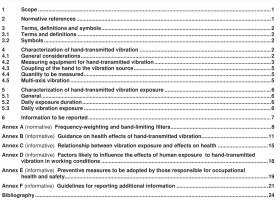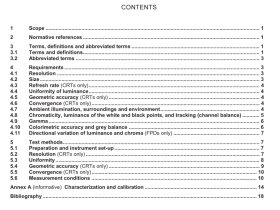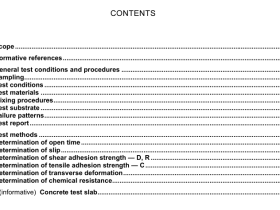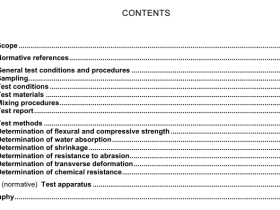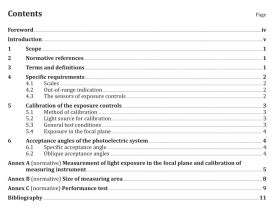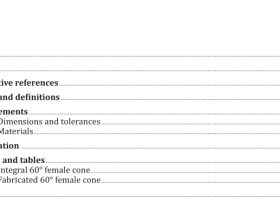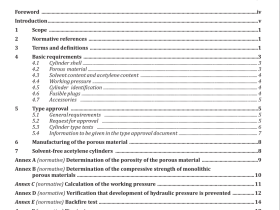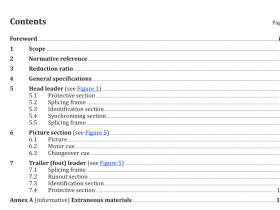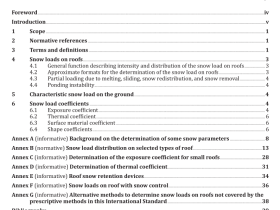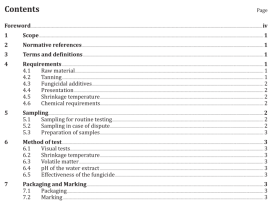BS ISO 14793 pdf download
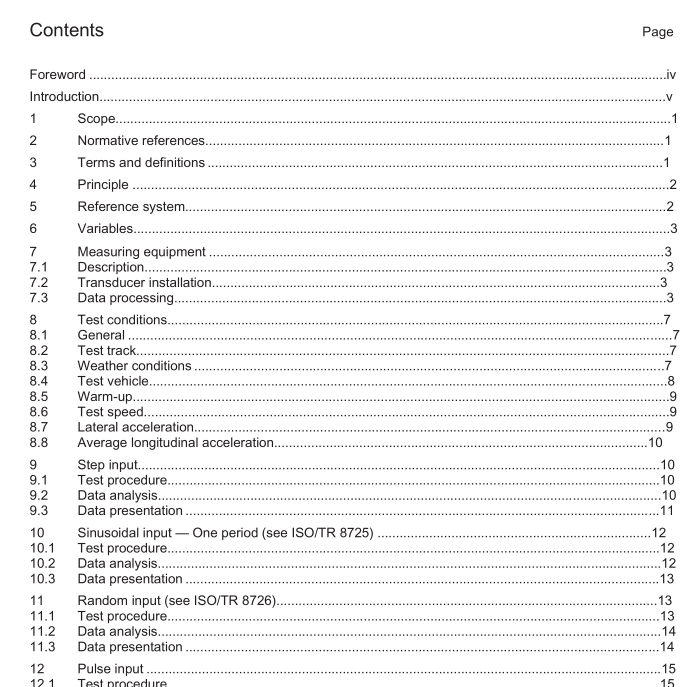
BS ISO 14793 pdf download Road vehicles — Heavy commercial vehicles and buses — Lateral transient response test methods
1 Scope
This International Standard specifies test methods for determining the transient response behaviour of heavycommercial vehicles, heavy commercial vehicle combinations, buses and articulated buses,as defined inISO 3833 for trucks and trailers above 3,5 t and buses above 5 t maximum weight, and in UNECE (UnitedNations Economic Commission for Europe) and EC vehicle classification, categories M3,N2,N3, O3 and O4.NOTE The open-oop manoeuvres specified in this International Standard are not representative of real drivingconditions, but are nevertheless useful for obtaining measures of vehicle transient behaviour — particularly with respect tothat which the driver experiences – in response to several specific types of steering input under closely controlled testconditions.For combinations where the response of the last vehicle unit is of importance, see ISO 14791.
2Normative references
The following referenced documents are indispensable for the application of this document.For datedreferences,only the edition cited applies. For undated references,the latest edition of the referenceddocument (including any amendments) applies.
ISO 1176:1990,Road vehicles — Masses – Vocabulary and codesISO 3833:1977, Road vehicles — Types – Terms and definitions
ISO/TR 8725:1988,Road vehicles —Transient open-loop response test method with one period of sinusoidalinput
ISO/TR 8726:1988,Road vehicles —Transient open-loop response test method with pseudo-random steeringinput
ISO 8855:1991,Road vehicles —Vehicle dynamics and road-holding ability —Vocabulary
ECERegulation No.30,Uniform provisions concerning the approval of pneumatic tyres for motor vehicles andtheir trailers
3Terms and definitions
For the purposes of this document, the terms and definitions given in ISO 8855 and the following apply.3.1
vehicle unit
unit of a vehicle combination which is connected with a yaw-articulation jointEXAMPLETractor,semitrailer, dolly.
NOTE The number of vehicle units is one more than the number of articulation joints.
4 Principle IMPORTANT —
The method of data analysis in the frequency domain is based on the assumption that the vehicle has a linear response. Over the whole range of lateral acceleration this is unlikely to be the case, the standard method of dealing with such a situation being to restrict the range of the input so that linear behaviour can be assumed and, if necessary, to perform more than one test at different ranges of inputs which, together, cover the total range of interest.
The objective of these tests is to determine the transient response of a vehicle. Characteristic values and functions of both linear and nonlinear behaviour are considered necessary for fully characterizing vehicle transient response. Linear characteristic values and functions are determined with tests in the frequency domain and nonlinear characteristic values and functions with tests in the time domain. In the case of vehicle combinations, it is primarily the response of the first vehicle unit that is evaluated.
